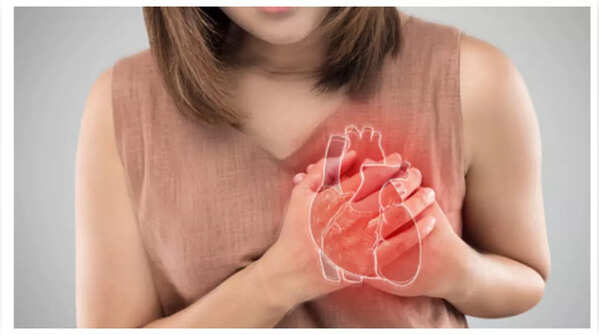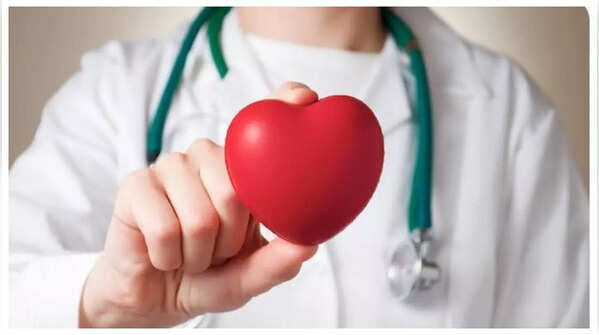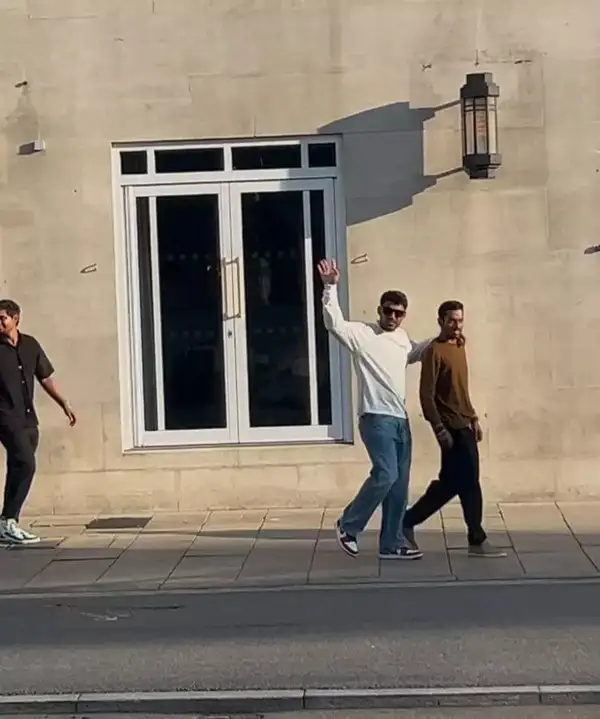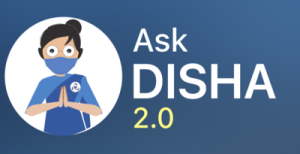The entertainment world is mourning the loss of Shefali Jariwala, the actress and model famed for her "Kaanta Laga" appearance. Reports indicate she passed away on Friday, June 27, at the young age of 42, due to cardiac arrest. Despite being rushed to the hospital, she was declared dead upon arrival. Her sudden death underscores the critical importance of heart health and the need for vigilance regarding potential warning signs.
While regular check-ups play a vital role in preventing cardiac arrest, being aware of sudden symptoms can be life-saving. Here are five crucial indicators that demand immediate medical attention:
One of the most prominent indicators of sudden cardiac arrest is the abrupt loss of consciousness and collapse. This occurs when the brain is deprived of oxygen-rich blood. The individual will become unresponsive and fail to awaken, even when shaken or addressed loudly. This leaves a very short window of time to get the patient to the hospital and potentially save their life.

During cardiac arrest, the heart either ceases to beat entirely or beats with such irregularity that it cannot effectively circulate blood. Consequently, a pulse becomes undetectable. Breathing may also cease, or the individual may exhibit abnormal, gasping breaths known as agonal breathing, which is insufficient to sustain life. In such instances, immediate medical intervention is crucial.

Agonal breathing, characterized by irregular, shallow, or noisy breaths, should not be mistaken for normal breathing and necessitates immediate action.
Prior to cardiac arrest, some individuals may experience chest pain, pressure, or a feeling of discomfort. These symptoms can be accompanied by shortness of breath, nausea, or lightheadedness. Such indicators suggest that the heart is under duress and could potentially precede sudden cardiac arrest.

Before the heart ceases to function, abnormal heart rhythms (arrhythmias) like ventricular fibrillation can trigger a rapid, fluttering, or pounding heartbeat. This irregular rhythm disrupts the heart's capacity to effectively pump blood, potentially leading to sudden cardiac arrest.

In certain instances, individuals may experience weakness, dizziness, or shortness of breath shortly before collapsing. These symptoms serve as warning signs indicating that the heart is not functioning correctly and necessitate immediate medical evaluation.

While both conditions constitute heart emergencies, it's crucial to understand the distinction between a heart attack and cardiac arrest. A heart attack occurs when blood flow to a segment of the heart muscle becomes blocked, usually due to a clot or narrowing in the coronary arteries. This blockage prevents oxygen-rich blood from reaching the heart tissue, causing damage or death to that area.

During a heart attack, the heart typically continues to beat, although the individual may experience chest pain, shortness of breath, nausea, or sweating. In contrast, sudden cardiac arrest is an electrical problem where the heart abruptly stops beating effectively due to an abnormal heart rhythm. This causes the heart to stop pumping blood to the brain and other vital organs, leading to immediate loss of consciousness, absence of pulse, and cessation of breathing. Cardiac arrest can occur without warning and is often fatal within minutes, as tragically demonstrated in Shefali Jariwala's case.
Newer articles
Older articles
 Team India Settles in Birmingham: Rahul's Mattress, Coaches' Strolls, and the Enduring Coffee Ritual
Team India Settles in Birmingham: Rahul's Mattress, Coaches' Strolls, and the Enduring Coffee Ritual
 Android Users Urged to Patch Devices Immediately Following Critical Security Flaws Alert
Android Users Urged to Patch Devices Immediately Following Critical Security Flaws Alert
 Ashada Gupt Navratri 2025: Dates, Auspicious Timings, and Esoteric Significance Explained
Ashada Gupt Navratri 2025: Dates, Auspicious Timings, and Esoteric Significance Explained
 JPG to PDF: A Graphic Designer's Guide to Conversion & Best Practices
JPG to PDF: A Graphic Designer's Guide to Conversion & Best Practices
 Skin Cancer Alert: How to Identify Suspicious Moles and Early Warning Signs
Skin Cancer Alert: How to Identify Suspicious Moles and Early Warning Signs
 IRCTC's AskDisha 2.0: AI Chatbot Streamlines Train Ticket Booking, Refunds, and Travel Information
IRCTC's AskDisha 2.0: AI Chatbot Streamlines Train Ticket Booking, Refunds, and Travel Information
 The stat that could swing every NBA team's 2025-26 season
The stat that could swing every NBA team's 2025-26 season
 Bollywood's Mythological Muse: How Indian Epics Inspire Cinematic Storytelling
Bollywood's Mythological Muse: How Indian Epics Inspire Cinematic Storytelling
 Bollywood Flashback: Jackie Shroff Accused of Untoward Advance on Young Tabu at Danny Denzongpa's Party
Bollywood Flashback: Jackie Shroff Accused of Untoward Advance on Young Tabu at Danny Denzongpa's Party
 Popular Finance YouTuber's Account Hacked: Bitcoin Scam Alert and Security Tips
Popular Finance YouTuber's Account Hacked: Bitcoin Scam Alert and Security Tips